
Gary Cooper was an American actor known for his strong, quiet screen persona and understated acting style. He won the Academy Award for Best Actor twice and had a further three nominations, as well as an Academy Honorary Award in 1961 for his career achievements. He was one of the top-10 film personalities for 23 consecutive years and one of the top money-making stars for 18 years. The American Film Institute (AFI) ranked Cooper at number 11 on its list of the 25 greatest male stars of classic Hollywood cinema.
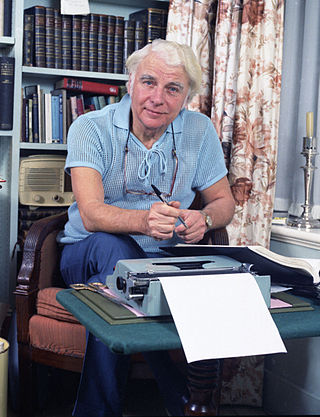
George Emlyn Williams, CBE was a Welsh writer, dramatist and actor.
Ralph Hammond Innes was a British novelist who wrote over 30 novels, as well as works for children and travel books.
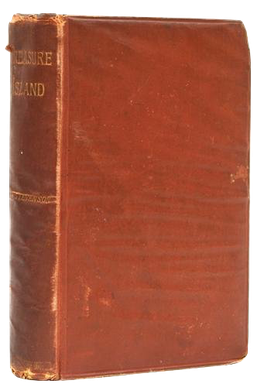
Treasure Island is an adventure novel by Scottish author Robert Louis Stevenson, telling a story of "buccaneers and buried gold". It is considered a coming-of-age story and is noted for its atmosphere, characters, and action.

Startide Rising is a 1983 science fiction novel by American writer David Brin, the second book of six set in his Uplift Universe. It earned both Hugo and Nebula Awards for Best Novel in 1984. It was revised by the author in 1993 to correct errors and omissions from the original edition.
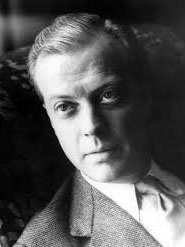
Eric Clifford Ambler OBE was an English author of thrillers, in particular spy novels, who introduced a new realism to the genre. Also working as a screenwriter, Ambler used the pseudonym Eliot Reed for books co-written with Charles Rodda.

Goodwin Sands is a 10-mile-long (16 km) sandbank at the southern end of the North Sea lying 6 miles (10 km) off the Deal coast in Kent, England. The area consists of a layer of approximately 25 m (82 ft) depth of fine sand resting on an Upper Chalk platform belonging to the same geological feature that incorporates the White Cliffs of Dover. The banks lie between 0.5 m above the low water mark to around 3 m (10 ft) below low water, except for one channel that drops to around 20 m (66 ft) below. Tides and currents are constantly shifting the shoals.
Ernest Paul Lehman was an American screenwriter and film producer. He was nominated six times for Academy Awards for his screenplays during his career, but did not win. At the 73rd Academy Awards in 2001, he received an Honorary Academy Award in recognition of his achievements and his influential works for the screen. He was the first screenwriter to receive that honor.
The Receiver of Wreck is an official who administers law dealing with maritime wrecks and salvage in some countries having a British administrative heritage. In the United Kingdom, the Receiver of Wreck is also appointed to retain the possession of royal fish on behalf of the British crown.
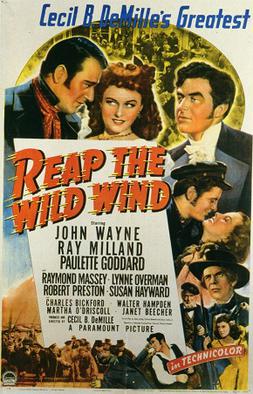
Reap the Wild Wind is a 1942 American adventure film produced and directed by Cecil B. DeMille and starring Ray Milland, John Wayne, and Paulette Goddard, with a supporting cast featuring Raymond Massey, Robert Preston, Lynne Overman, Susan Hayward and Charles Bickford. DeMille's second Technicolor production, the film is based on a serialized story written by Thelma Strabel in 1940 for The Saturday Evening Post. The screenplay was written by Alan Le May, Charles Bennett, Jesse Lasky, Jr. and Jeanie MacPherson.
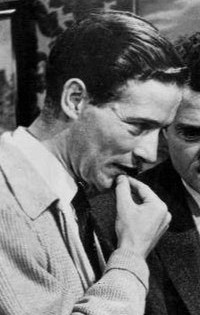
Michael Joseph Anderson was an English film and television director. His career spanned nearly 50 years across three countries, working at various times in the United Kingdom, the United States, and Canada. His most critically and commercially successful works include the World War II film The Dam Busters (1955), the dystopian sci-fi film Logan's Run (1976), and the comedy adventure epic Around the World in 80 Days (1956), which won the 1957 Academy Award for Best Picture.

The following is a partial list of unproduced Alfred Hitchcock projects, in roughly chronological order. During a career that spanned more than half a century, Alfred Hitchcock directed over fifty films, and worked on a number of others which never made it beyond the pre-production stage.

Jamaica Inn is a 1939 British adventure thriller film directed by Alfred Hitchcock and adapted from Daphne du Maurier's 1936 novel of the same name. It is the first of three of du Maurier's works that Hitchcock adapted. It stars Charles Laughton and Maureen O'Hara in her first major screen role. It is the last film Hitchcock made in the United Kingdom before he moved to the United States.
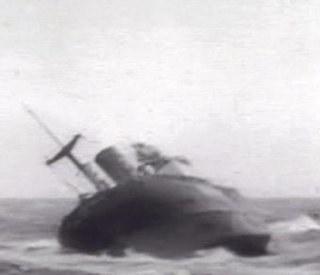
SS Flying Enterprise was a 6,711 ton Type C1-B ship which sank off Cornwall in 1952. She was built in 1944 as SS Cape Kumukaki for the United States Maritime Commission for use in World War II. The ship was sold in 1947 and operated in scheduled service under the name Flying Enterprise. At the end of 1951, on a voyage from Hamburg to the USA with mixed cargo and a few passengers, she was crippled by storm damage and shifting cargo. Passengers and crew were evacuated. Three weeks of effort to save the ship having failed, she sank in January and some of the cargo was later salvaged.

Peter Ibbetson is a 1935 American black-and-white drama/fantasy film directed by Henry Hathaway and starring Gary Cooper and Ann Harding. The film is loosely based on the 1891 novel of the same name by George du Maurier. A tale of a love that transcends all obstacles, it relates the story of two youngsters who are separated in childhood and then drawn together by destiny years later. Even though they are separated in real life because Peter is unjustly convicted of murder, they discover they can dream themselves into each other's consciousness while asleep. In this way, they live out their lives together. The transitions between reality and fantasy are captured by the cinematography of Charles Lang, as discussed in the documentary Visions of Light (1992).

The Wreck of the Mary Deare is a 1959 Metrocolor British-American thriller film directed by Michael Anderson and starring Gary Cooper and Charlton Heston, and featuring Michael Redgrave, Cecil Parker, Richard Harris and John Le Mesurier. The screenplay by Eric Ambler was based on the 1956 novel of the same name by Hammond Innes.

The Bramble Bush is a 1960 American drama film, based on the controversial novel of the same name, directed by Daniel Petrie and starring Richard Burton, Angie Dickinson, Barbara Rush, Jack Carson and James Dunn. It was released by Warner Bros.

The Way to the Gold is a 1957 American adventure film directed by Robert D. Webb and starring Jeffrey Hunter, Sheree North, and Barry Sullivan. It was released by 20th Century-Fox.

Nautical fiction, frequently also naval fiction, sea fiction, naval adventure fiction or maritime fiction, is a genre of literature with a setting on or near the sea, that focuses on the human relationship to the sea and sea voyages and highlights nautical culture in these environments. The settings of nautical fiction vary greatly, including merchant ships, liners, naval ships, fishing vessels, life boats, etc., along with sea ports and fishing villages. When describing nautical fiction, scholars most frequently refer to novels, novellas, and short stories, sometimes under the name of sea novels or sea stories. These works are sometimes adapted for the theatre, film and television.















